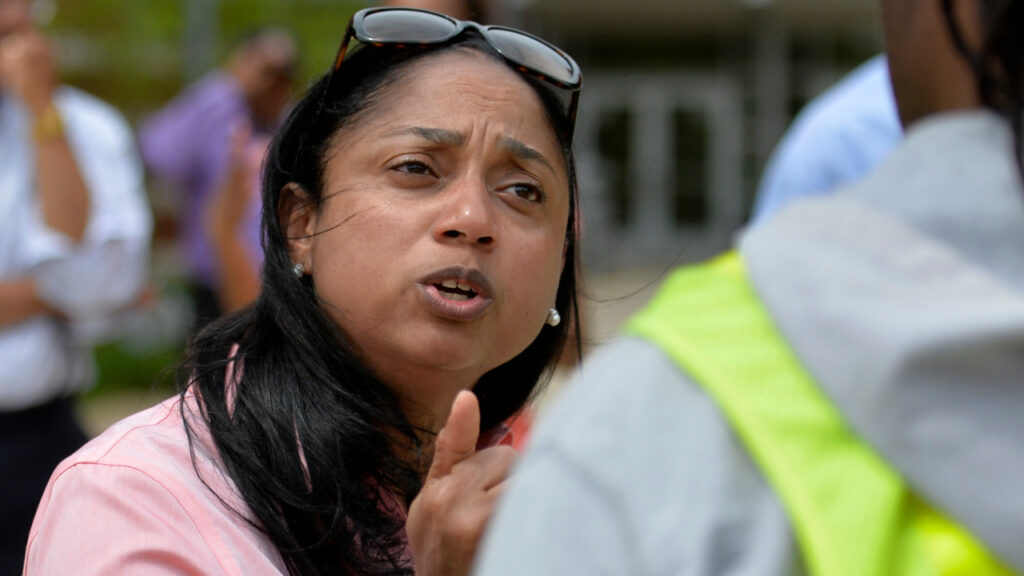The Real Winner of Last Tuesday’s Elections Was Roe v. Wade – Here’s Why
“Abortion Access is the law of the land in Ohio,” declared Lauren Blauvelt, Executive Director of Planned Parenthood Ohio, in front of an audience of voters and grassroots volunteers on Tuesday night.
And it appears Blauvelt’s assertment is not far-fetched.
Ever since the Supreme Court overturned Roe v. Wade and the nation’s right to access abortion last year, reproductive rights have been at the center of the nation’s ballots.

However, last Tuesday’s results paint a different picture than what election analysts anticipated
While ballot measures supporting abortion rights have won in every election so far, the Ohio and Virginia results are game-changers. Voters decided to add the right to access abortion care to the state’s constitution.
This is particularly important because the passage of Issue 1 on the ballot guarantees all persons in the state the right “to one’s own reproductive medical treatment, including but not limited to abortion,” and barring the state from “burdening, penalizing or prohibiting” those rights.
These results follow ballot measures supporting abortion rights passed in conservative states in Kentucky and Kansas. Ohio, where President Trump won twice by more than eight points, is the latest in a string of significant victories.

A taste of an election year to come
Despite the assumptions of many, the reality is that abortion is not a bipartisan issue. As NBC News explained, polls have shown that voters across the country are broadly in favor of abortion protections.
“Voters around the country, including in Virginia and Ohio, have made their voices heard loud and clear: they don’t want politicians interfering in their personal healthcare decisions,” said Lupe M. Rodriguez, Executive Director of the National Latina Institute for Reproductive Justice. “Ohioans have enshrined abortion access as a constitutional right in the state. And Virginians have rejected anti-abortion politicians and misinformation about abortion by electing state lawmakers who will fight to protect abortion access in the state.”
Indeed, in Ohio, the passage of Issue 1 counters the state’s “Heartbeat Bill,” which went into effect immediately following the rescission of Roe v. Wade.
However, it was the work of grassroots groups that made a difference in the landscape. Since Aug. 9, groups supporting the Nov. 1 Issue 1 measure spent $23.7 million on advertising, compared with $10.7 million spent by anti-abortion groups against the amendment, according to AdImpact, a firm that tracks political ad spending.
This, too, could be a template for next year’s elections.

A pivotal achievement for Latinas
We have often highlighted Latinas face unique obstacles to accessing health care. Reproductive health access is no exception.
Of the nearly 6.7 million Latinas that live in the U.S., 43% between the ages of 15-49 call the 26 states that have either banned or severely restricted abortion home. That number reflects an increase of 200,000 more Latinas than last year.
Nearly one-third of all Latinas of reproductive age live in Texas, Florida, and Arizona. These are the states that have banned abortion or severely restricted it.
However, the results of last Tuesday’s elections seem to be a glimmer of hope.
“We know that the vast majority of Americans, including Latinos/xs, support abortion access,” said Khenia Haro-Perez, Virginia State Manager of the National Latina Institute for Reproductive Justice. “Tonight, we celebrate with those who have fought to protect access to abortion care in their states and recognize there’s still a long way to go.




